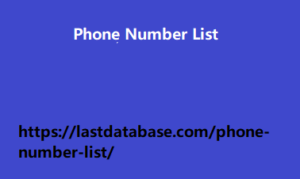In today’s digital landscape, websites act as communication hubs, attracting visitors and fostering connections. Contact forms are the primary gateways for this interaction, allowing users to express interest, request information, or offer feedback. However, managing a deluge of contact form submissions can quickly become a time-consuming and error-prone endeavor. This is where Contact Form 7 with Database Extension shines – a powerful solution for seamlessly integrating Contact Form 7 submissions with your database.
This comprehensive guide delves into the world of Contact Form 7 with Database Extension. We’ll explore how this extension streamlines contact management, analyze its functionalities, and provide valuable insights to optimize your website’s communication flow.
The Struggle with Unstructured Data: Challenges of Unmanaged Contact Forms
While contact forms capture valuable user information, the collected data often resides in a scattered format, like plain text emails or website logs. This unstructured data presents several challenges:
- Manual Data Entry: Manually transferring contact information from emails or logs into a database is a time-consuming and error-prone process.
- Data Inconsistency: Inconsistent formatting or incomplete information within contact forms can lead to inaccuracies within your database.
- Limited Search and Analysis Capabilities: Scattered data makes it difficult to search for specific contacts or analyze trends within your communication channels.
Building the Bridge: Unveiling the Power of Contact Form 7 with Database Extension
Contact Form 7 with Database Extension (CFDB7) bridges the gap between your contact forms and database. This free WordPress plugin acts as a powerful bridge, automatically capturing and storing contact form data within your WordPress Cell phone number list philippines database. Here’s how CFDB7 simplifies contact management:
- Automatic Data Capture: Upon successful form submission, CFDB7 automatically extracts and stores the submitted information within your database.
- Field Mapping: Map specific form fields (e.g., Name, Email, Phone number) to corresponding database columns, ensuring accurate data storage.
- Reduced Manual Work: Eliminate the need for manual data entry, freeing up valuable time and resources.
- Improved Data Accuracy: Automated data transfer minimizes the risk of errors associated with manual entry.
Unveiling the Functionalities: Exploring CFDB7’s Capabilities
CFDB7 offers a user-friendly interface with several functionalities to streamline contact management:
- Easy Configuration: A straightforward setup process allows you to map form fields to database columns with minimal technical knowledge.
- Customizable Data Display: Choose how you want form submissions displayed within the WordPress admin panel. This could be a simple list, a detailed table, or even integrated with custom themes.
- Data Filtering and Searching: Easily filter and search through your contact database by specific criteria, such as name, email address, or keywords within submitted messages.
- Export Functionality: Export your contact information in various formats (e.g., CSV, Excel) for further analysis or integration with other applications.
Beyond the Basics: Optimizing Your Contact Form 7 with Database Extension Setup
Here are some additional tips to optimize your CFDB7 setup and enhance your contact management process:
- Strategic Form Design: Create clear and concise contact forms, requesting only the information essential for your needs. Reduce the number of open-ended fields to minimize data inconsistency.
- Data Validation: Utilize Contact Form 7’s built-in validation features to ensure users enter information in the correct format (e.g., email address format, phone number format).
- Conditional Logic (Optional): Plugins like “Conditional Fields for Contact Form 7” allow you to display or hide specific form fields based on user selections. This creates a more dynamic user experience and captures even more relevant data.
- Email Notifications (Optional): Configure automated email notifications upon successful form submission, both to acknowledge the user and to alert your team of a new contact request.
- Regular Backups: Implement a regular backup routine for your WordPress database, including CFDB7 data, to safeguard valuable contact information in case of unforeseen events.
The Power of Integration: Expanding the Capabilities of CFDB7 with Database Extension
While CFDB7 offers substantial benefits, its functionality can be further expanded through integration with other tools:
- CRM Integration: Integrate CFDB7 Calling the Land Down Under Your Guide to Australia’s Country Code with your Customer Relationship Management (CRM) software for a comprehensive view of customer interactions. This allows you to manage all communication channels (e.g., phone calls, emails) alongside contact form submissions. Popular CRM solutions often offer plugins or APIs for seamless integration with CFDB7.
- Marketing Automation Tools: Connect CFDB7 with marketing automation tools to automate tasks like sending personalized email campaigns based on user information captured through contact forms.
Conclusion: A Streamlined Approach to Contact Management
By leveraging Contact Form 7 with Database Extension,










